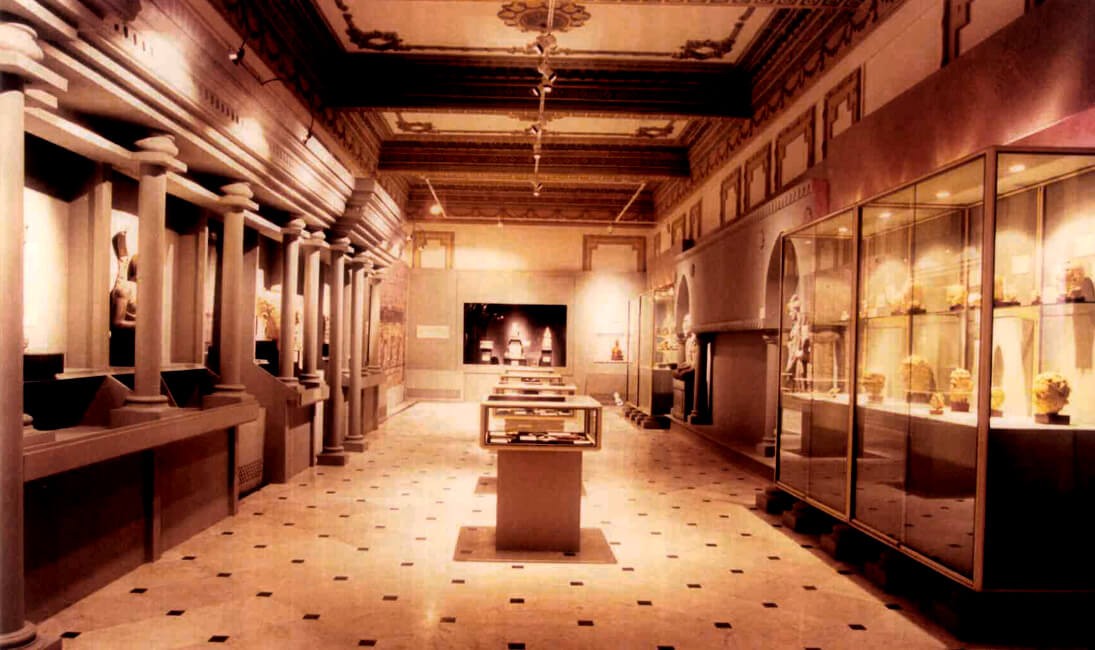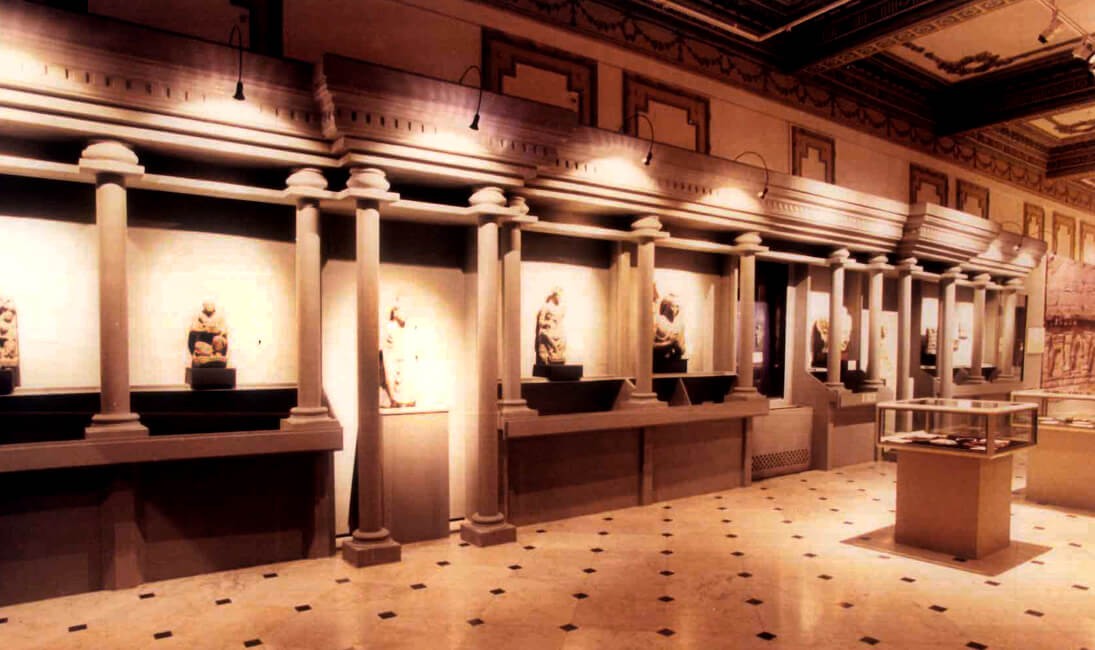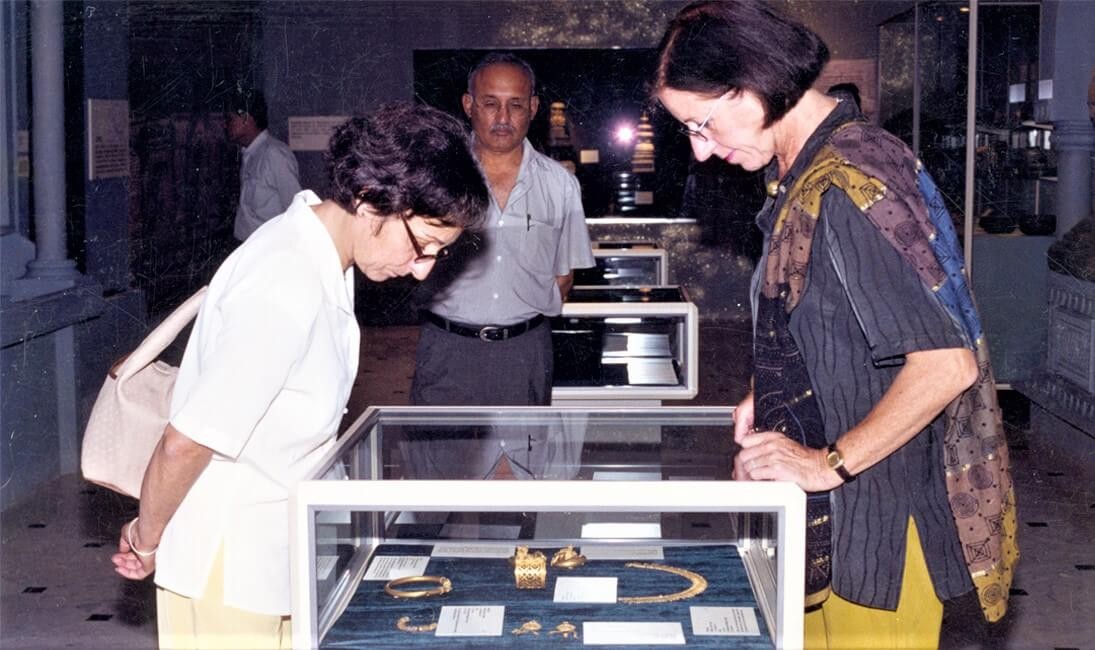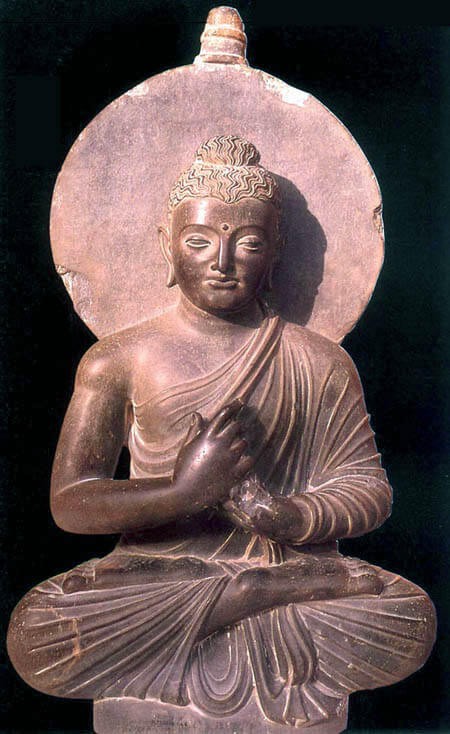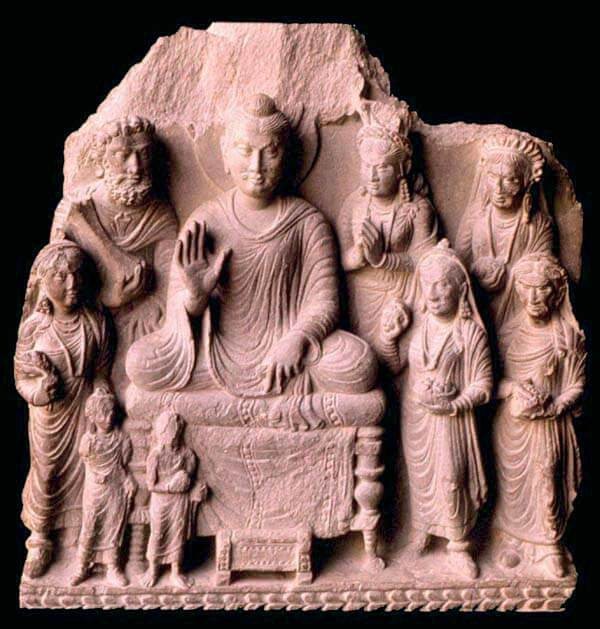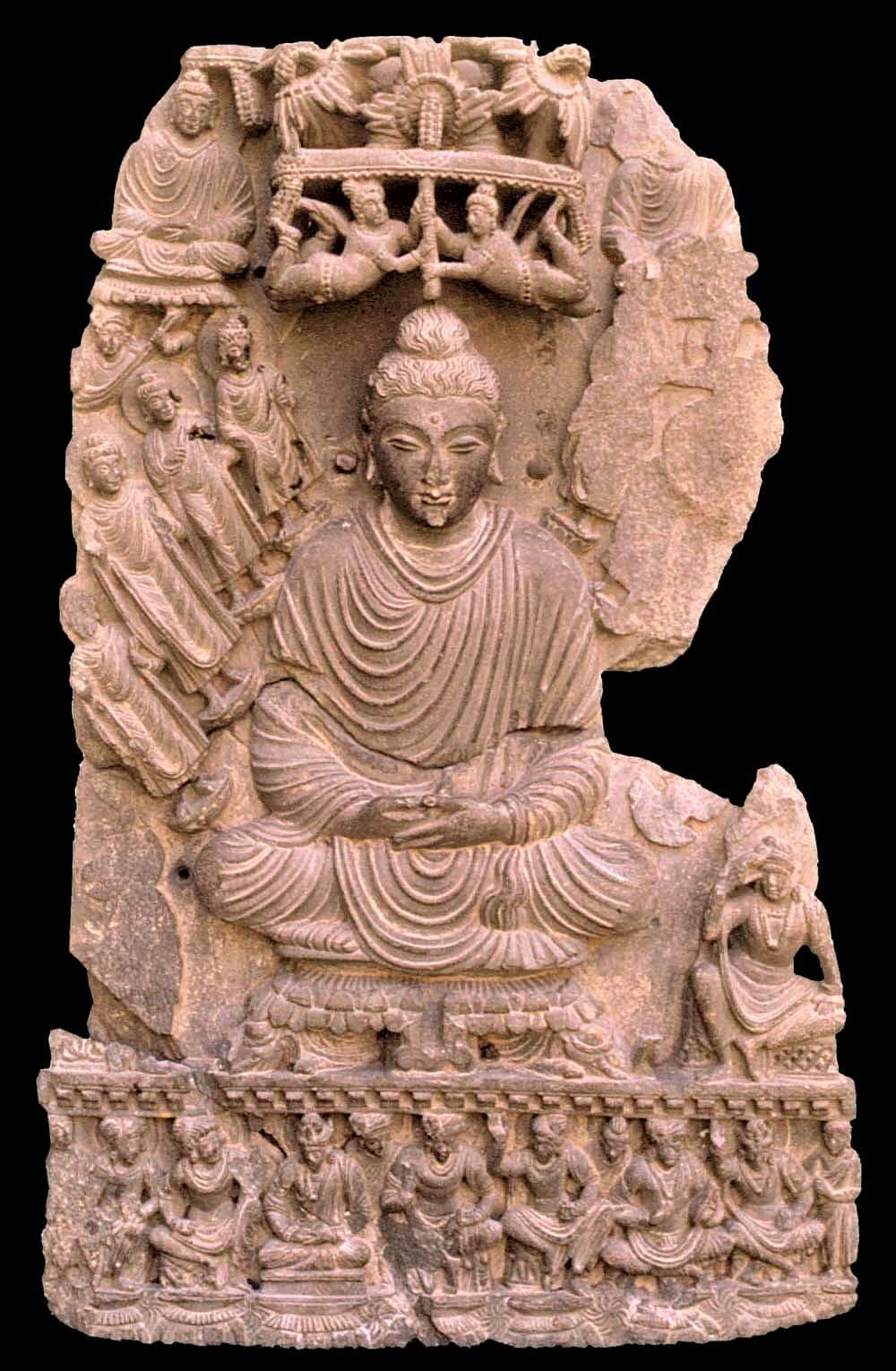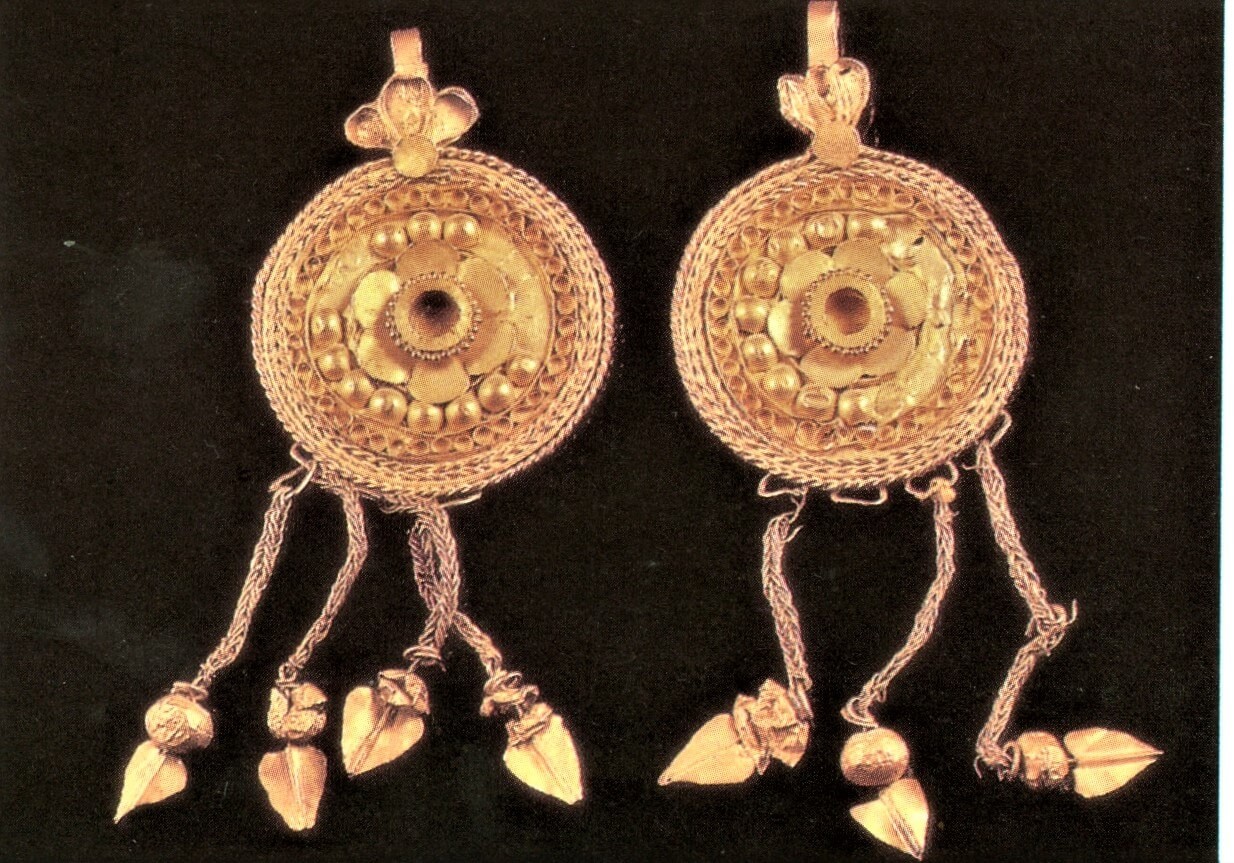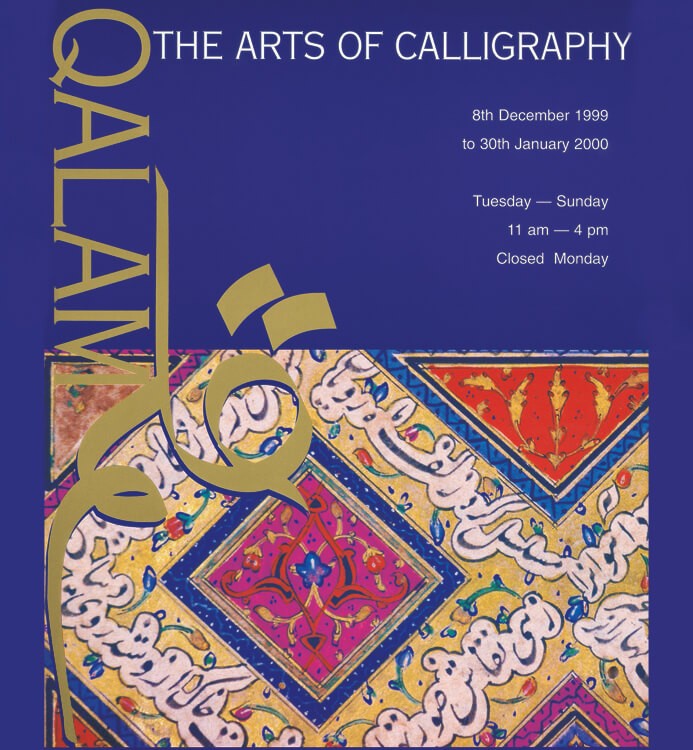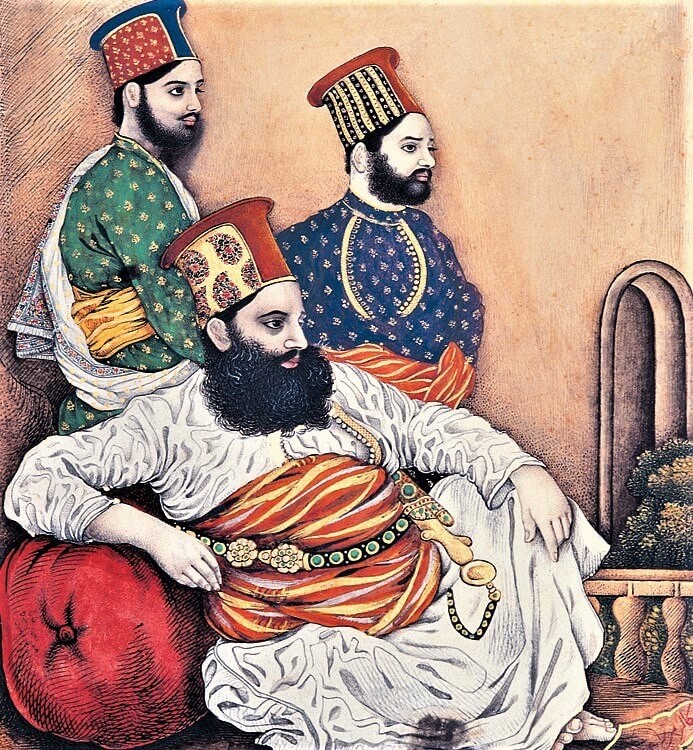April 04, 2000 - August 05, 2000
Visions of Divinity: The Art of Gandhara
Gandhara is the second of the great ancient civilisations to which Pakistan is heir, the other being the Indus valley civilisation. Gandhara was almost exclusively located in Pakistan with occasional offshoots into Afghanistan, such as Hadda.
Repeated conquests and incursions from the west left their traces; it was in the settled areas of the Khyber and the plains of northern Punjab that the artistic traditions of the invaders met the skills of local artisans, to give rise to a singular art form. The art of Gandhara covers sculpture, painting, coins, and pottery but it is best known for its sculpture. This traditional art form began in the 1st century BCE and was celebrated by the image of Buddha in human form for the first time. The materials used for sculptures were either kanjur stone (fossilized rock) or schist. The style was Indo Hellenistic which developed following Alexander’s incursion into the area (326-324 BCE).

Gandhara art is essentially a celebration of the Buddhist faith – a faith that travelled out from its original habitat to become the dominant influence in China, Japan, and much of South East Asia. Gandhara thus had a profound influence on the arts of Asia and illustrates Pakistan’s earliest links with the wider world.

